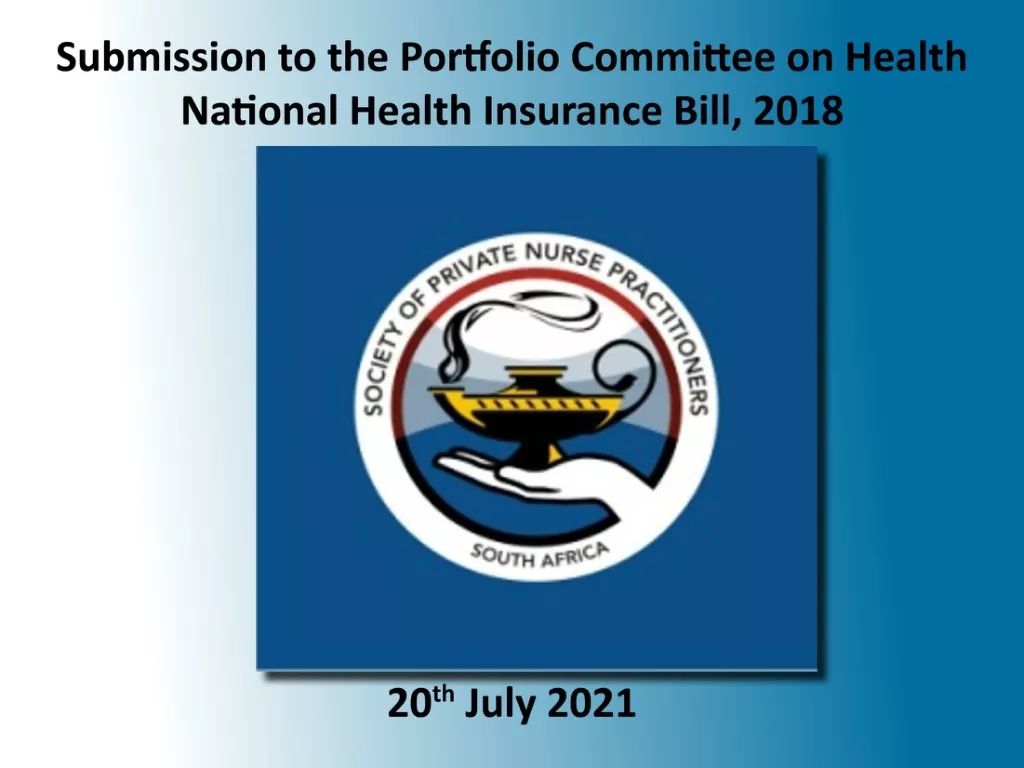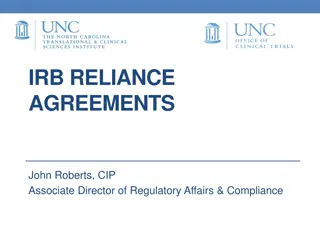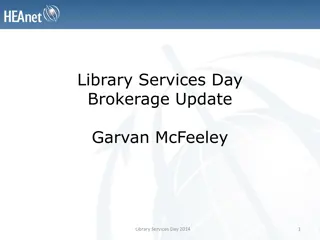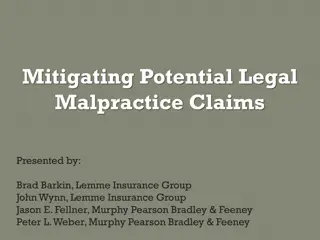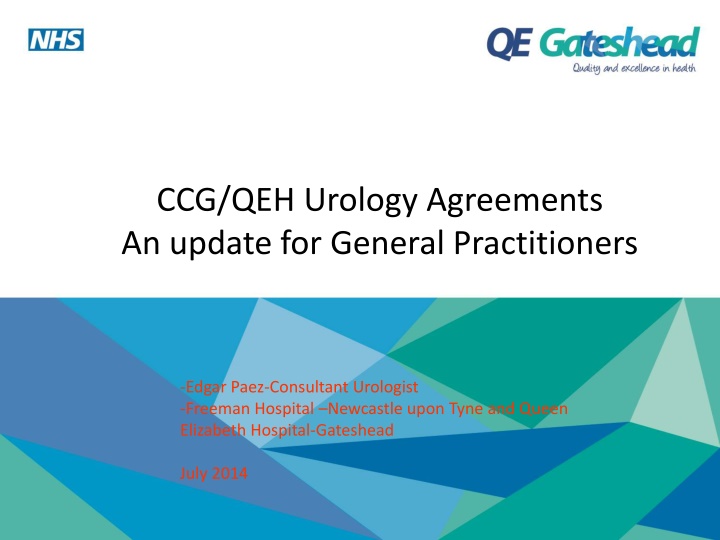
Update on Urology Agreements for General Practitioners
This update released in July 2014 by Edgar Paez, Consultant Urologist at Freeman Hospital, Newcastle upon Tyne, and Queen Elizabeth Hospital, Gateshead, provides important information for General Practitioners regarding urology agreements. The content likely includes updates on protocols, procedures, and collaborative efforts in urological care to better support and inform General Practitioners.
Download Presentation

Please find below an Image/Link to download the presentation.
The content on the website is provided AS IS for your information and personal use only. It may not be sold, licensed, or shared on other websites without obtaining consent from the author. If you encounter any issues during the download, it is possible that the publisher has removed the file from their server.
You are allowed to download the files provided on this website for personal or commercial use, subject to the condition that they are used lawfully. All files are the property of their respective owners.
The content on the website is provided AS IS for your information and personal use only. It may not be sold, licensed, or shared on other websites without obtaining consent from the author.
E N D

